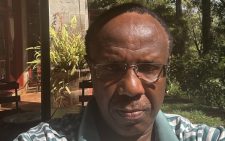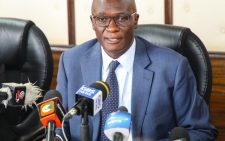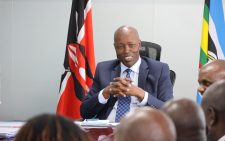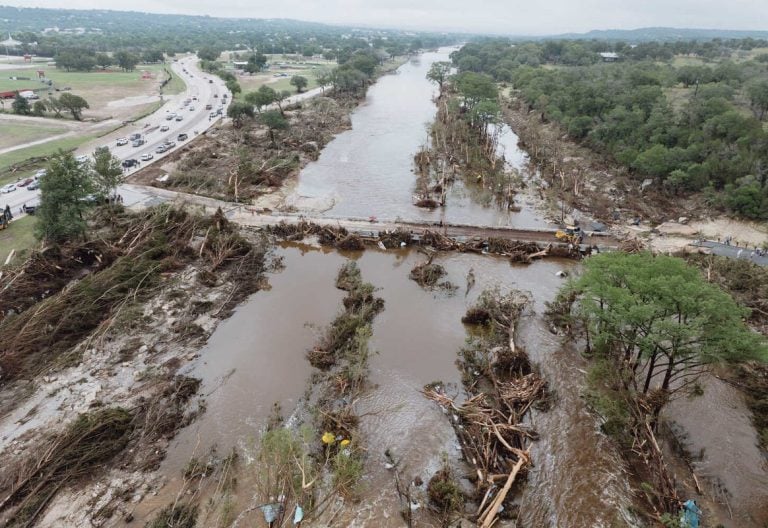New report faults SHA settlement of pending payments
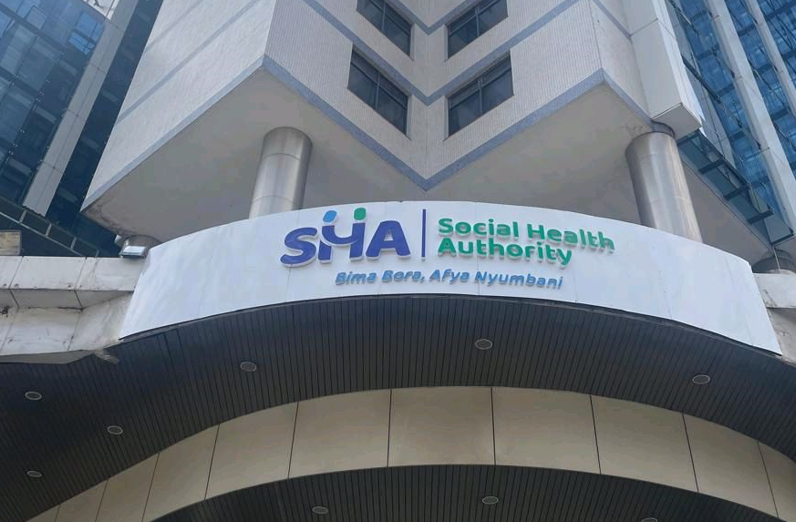
Payments of claims from the Social Health Authority (SHA) were less than 50 per cent by the end of last year, according to a report from a recently conducted survey.
Without giving amounts in cash, the online survey conducted by the Rural & Urban Private Hospitals Association of Kenya (RUPHA) says just 42 per cent of facilities reported receiving payments for their SHA claims during that period.
The survey constituted a 15-item online questionnaire that was distributed to the various associations’ platforms reaching an estimated audience of 1,500 healthcare facilities.
The assessment was held with the support of the Kenya Healthcare Federation (KHF), Christian Health Association of Kenya (CHAK), Kenya Episcopal Conference-Catholic Secretariat and Kenya Association of Private Hospitals (KAPH), and assessed the payment and financial status of healthcare facilities contracted by the SHA.
It was carried out between December 24 and December 31, 2024, and received responses from 243 healthcare facilities across 63 SHA branches.
“SHA claims performance during the period highlighted significant delays and minimal reimbursements. Just 42 per cent of facilities reported receiving payments for their claims,” the report says.
The survey further noted that payments were predominantly minimal, with 52 per cent of facilities receiving dues for less than 20 per cent of their submitted claims, and 58 per cent of paid facilities receiving only one payment during the three months.
The defunct National Hospital Insurance Fund (NHIF) arrears payments also revealed disparities, with 49 per cent of facilities reporting no payment, 40 per cent receiving payments, and 11 per cent uncertain whether the payments received were for arrears.
Tertiary care facilities, particularly Levels 5 and 6, reported better payment rates compared to primary care facilities, where challenges were more pronounced.
Best payers
Ownership analysis revealed that 77 per cent of the facilities surveyed were private, 20 per cent were Faith-Based Organisations (FBOs) and 3 per cent were Ministry of Health facilities.
Regional SHA branches like Kiambu and Embu were ranked the best in payment processing and timely disbursement of payments while others, including Maua and Meru, recorded the highest number of unpaid facilities, particularly at the primary care level.
Others were Bungoma and Limuru both of which showed balanced disbursement patterns, ensuring payments to facilities across multiple levels, including Levels 3, 4 and 5. Kitengela had payments to facilities predominantly at Levels 3 and 4.
According to the report, the contrasting performance of SHA branches reflects disparities in operational efficiency and engagement.
“The mixed performance of branches like Mombasa and Kisumu underscores the importance of addressing regional nuances and facility-specific bottlenecks to improve payment reliability across the board,” the assessors observe.
Categorised by Kenya Essential Package for Health (KEPH) levels, primary care facilities (Levels 2 and 3) constituted the majority, comprising 53 per cent of FBO and 65 per cent of private facilities, while tertiary care facilities (Levels 4-6) represented a smaller portion of the sample.
Cash flow challenges were evident, with severe financial constraints reported across all facility levels and ownership categories.
Only 5 per cent of primary care facilities and 51 per cent of tertiary facilities received payments exceeding Sh1,000,000 during the period.
Newly-contracted and previously-contracted facilities reported similar experiences, with over 40 per cent of both categories receiving payments covering less than 10 per cent of their liabilities.
Significant barriers
NHIF claims reconciliation process was completed by 56 per cent of facilities, with higher rates observed among tertiary facilities, particularly Levels 5 and 6.
Primary care facilities faced significant barriers, such as lack of awareness of the process and limited access to claims portals. Administrative inefficiencies were highlighted by the fact that 52 per cent of unpaid facilities were asked to resubmit bank details.
This data suggests that higher-tier facilities across all ownership categories were more likely to receive SHA reimbursements compared to primary healthcare facilities.
“When all facilities regardless of ownership category are examined together, a trend emerges with Level 2 facilities reporting the least instances of payment (21 per cent ) and Levels 5 and 6 showing highest likelihood of having received at least one payment during the period. This trend may reflect a structural or design challenge in the recent healthcare reforms,” the report points out.
It proposes that specific measures aimed at ensuring the financial sustainability of primary care services, which are essential for community-level health delivery may be required even as the low and infrequent disbursements across all KEPH levels are addressed.
Financial distress was reported by 96 per cent of surveyed facilities, with private facilities being the most affected (98 per cent), followed by FBO facilities at 90 per cent
The most common stressors included operational costs (89 per cent), payroll expenses (87 per cent ), and supplier payments (81per cent), alongside shortages of essential supplies and reliance on loans to sustain operations.
“This comprehensive survey provides a clear picture of the financial and operational challenges faced by healthcare facilities contracted by SHA,” the survey notes.
The findings emphasise the need to address disparities in payment disbursement and reconciliation processes while highlighting the vital role of key healthcare associations in facilitating this critical analysis.

